Experiencing Tribes, Traditions, and Beauty
Tanzania has a rich and diversified cultural heritage legacy that is comprised of more than 120 tribes, each with its own unique customs and traditions. Travelers who want to see Africa’s natural splendor up close and personal shouldn’t miss up this chance. Tanzania is a culturally diverse nation, with everything from the Serengeti to the Zanzibar beaches.
The Maasai are one of Tanzania’s most well-known tribes, and they are recognizable by their vivid clothing and intricate embroidery. Manyattas, which are naturally constructed houses composed of mud, sticks, and cow dung, are where they reside. They have a seminomadic lifestyle. The Maasai may teach tourists more about their way of life by taking them on cultural excursions. They may discover how to make fire with sticks, take in the throbbing rhythms of the Maasai leaping dance, and discover how to utilize a range of plants for their everyday requirements.
The Sukuma, Tanzania’s biggest tribe, are found in the northwest of the country. Their distinctive dance and music are essential to their way of life and are highly recognized. Visitors may see traditional Sukuma dances, which will be accompanied by drums and other ethnic instruments.
One of the remaining hunter-gatherer tribes in Africa, the Hadza live near Lake Eyasi in Tanzania. They hunt wild animals with bows and arrows and also gather honey and berries from the forest. They may instruct guests on how to go on a hunt with them, about their unique way of life, and about the plants they use to heal different illnesses.
The Chagga tribe, which inhabits the Kilimanjaro slopes, is distinguished by its distinctive farming methods and terraced environment. They are noted for possessing subterranean refrigerator and beverage storage facilities known as Chagga tunnels. They also cultivate the Mutwanga banana, a species unique to the area. Additionally, visitors are allowed to tour their coffee fields to learn about the cultivation and harvesting processes.
The village of Stone village in Zanzibar, which is a combination of African, Arab, and Indian elements, is the greatest illustration of Swahili culture. Colorful doors and elaborate door carvings adorn the town’s winding pathways. Visitors may fully experience the town’s history while learning about the slave trade and the spice trade that formed the area by taking a guided tour.
In conclusion, visiting Tanzania is not only a great way to view the Big Five creatures; it’s also a great way to experience the wide range of cultures and customs that the country has to offer. Tourists may participate in cultural excursions to learn about and appreciate the tribes’ unique way of life, customs, and traditions. You won’t forget Tanzania ‘s cultural heritage and history, which includes the Maasai leaping dance, the Chagga coffee farms, and the Swahili culture in Zanzibar.
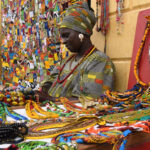
10 reasons to visit Senegal
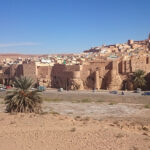
M'Zab Valley Algeria

Madagascar wildlife
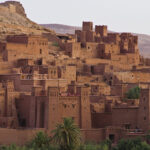
Morocco Cultural Heritage Sites








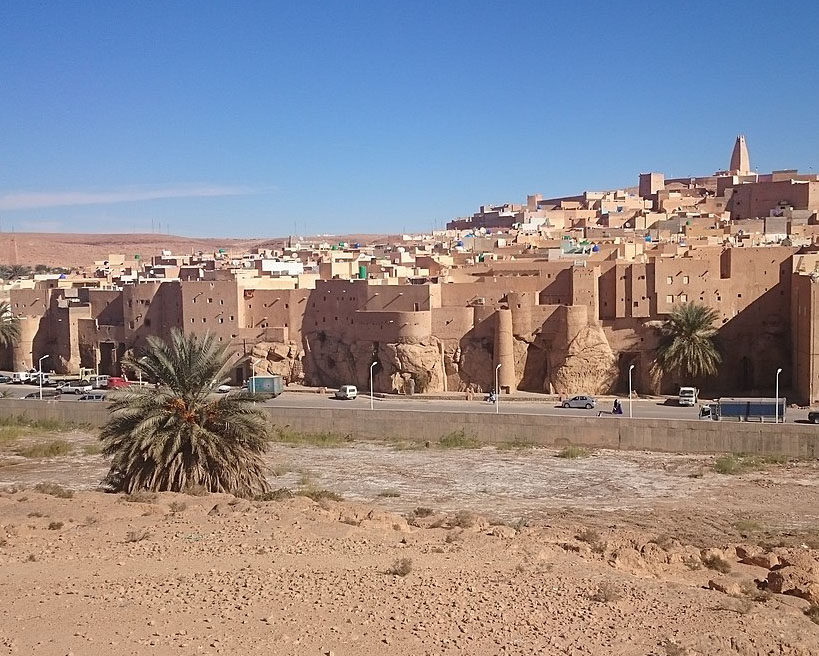
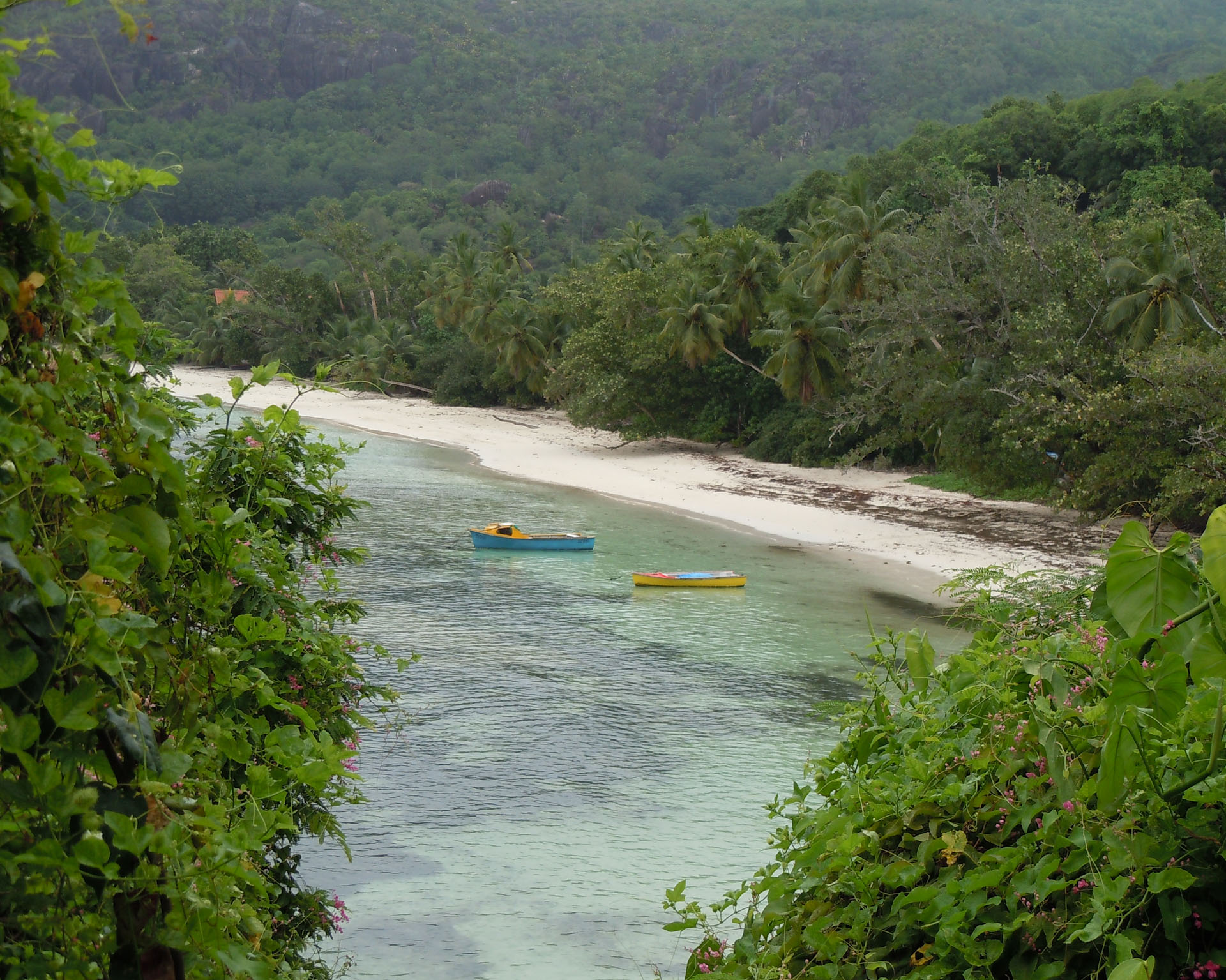
One thought on “Tanzania Cultural Heritage”
Comments are closed.